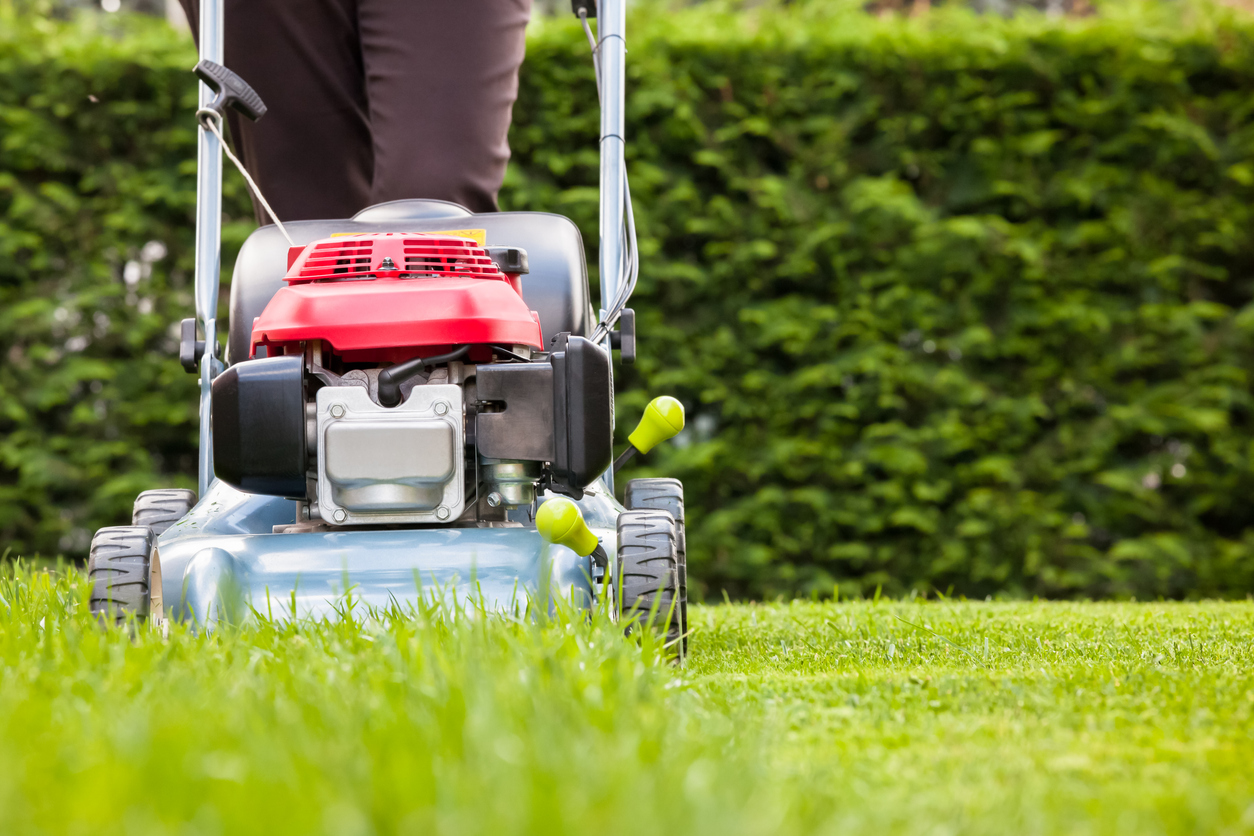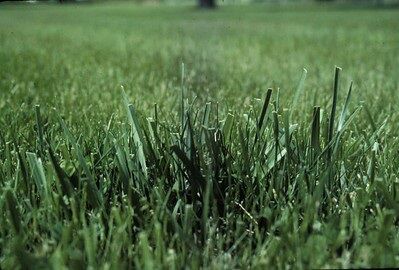Turfgrass management tips for fall
Fall is a key time for lawns across Iowa, especially following a particularly dry, hot summer. As Adam Thoms, assistant professor in horticulture and extension turfgrass specialist with Iowa State University, explains, mindful turfgrass management in the fall helps grass to recover from summer stresses and sets lawns up to thrive in the spring.
With much of the state still suffering from moderate to severe drought, providing additional irrigation can keep lawns green and prevent grass from entering dormancy. But as Thoms explains, it is key that homeowners decide whether to irrigate and then stick with that decision to prevent additional stress on the lawn.
“The worst thing you can do is pull your lawn in and out of dormancy,” explained Thoms. “If you water your lawn for a few weeks, get a higher-than-expected water bill, and then decide to stop watering, that’ll use up all of the grass’s food reserves.”
Additionally, any seed planted over the next few weeks will require routine watering given continuing hot, dry conditions. “Keep the seed wet, and water multiple times a day,” added Thoms.
Seeding lawns
Despite the drought concerns, fall is the perfect time to establish or overseed the lawn. Late summer seeding allows cool season grasses to germinate quickly, and warm fall days and cool nights promote rapid turf growth. Plus, few weed species germinate in the fall, which removes competitive pressure on the lawn.
According to Thoms, September is also ideal for aerating the lawn, a practice that helps relieve soil compaction, improve water and nutrient movement in the soil and prevent thatch accumulation. More information on aeration and establishing and overseeding lawns is available from Iowa State University Extension and Outreach’s Horticulture and Home Pest News Research Page.
Applying fertilizer
While fertilizing in the fall is important for helping lawns recover from summer stress, promoting root growth and encouraging early spring green up, Thoms recommends holding off on applying fertilizer for a few more weeks.
“Unless you’re irrigating regularly, that fertilizer will just sit lay on the surface until it rains,” he said. “However, providing food once it starts to rain again is very important to strengthening the lawn, and the best defense against weeds is a healthy lawn.”
Fall is also an ideal time to control perennial broadleaf weeds, as weeds preparing to enter winter dormancy will transport herbicide from their foliage to their roots, resulting in weed destruction. Thoms recommends waiting until after the first frost to apply herbicides, as this can significantly reduce drift while still ensuring effective weed control.
For newly seeded or overseeded lawns, however, herbicides should not be applied until new seedlings are thoroughly established. “Once you apply seed, you shouldn’t spray again until after you’ve mowed twice,” added Thoms.
Thoms recommends continuing to mow the lawn until grass stops growing in the fall, which is usually around late October or early November in Iowa. Mulching fall leaves into the lawn can also add a boost of nutrients and organic matter into the soil ahead of the winter months.
Finally, hosing down the mower, changing the oil and cleaning out the air filter ahead of winter will ensure optimal spring performance. Thoms recommends waiting until after the first mow of the spring season to sharpen mower blades because sticks and other debris in the lawn can dull freshly sharpened blades.
For more resources regarding fall lawn care, visit https://www.extension.iastate.edu/news/yard-and-garden-fall-lawn-care or contact Thoms at [email protected].




